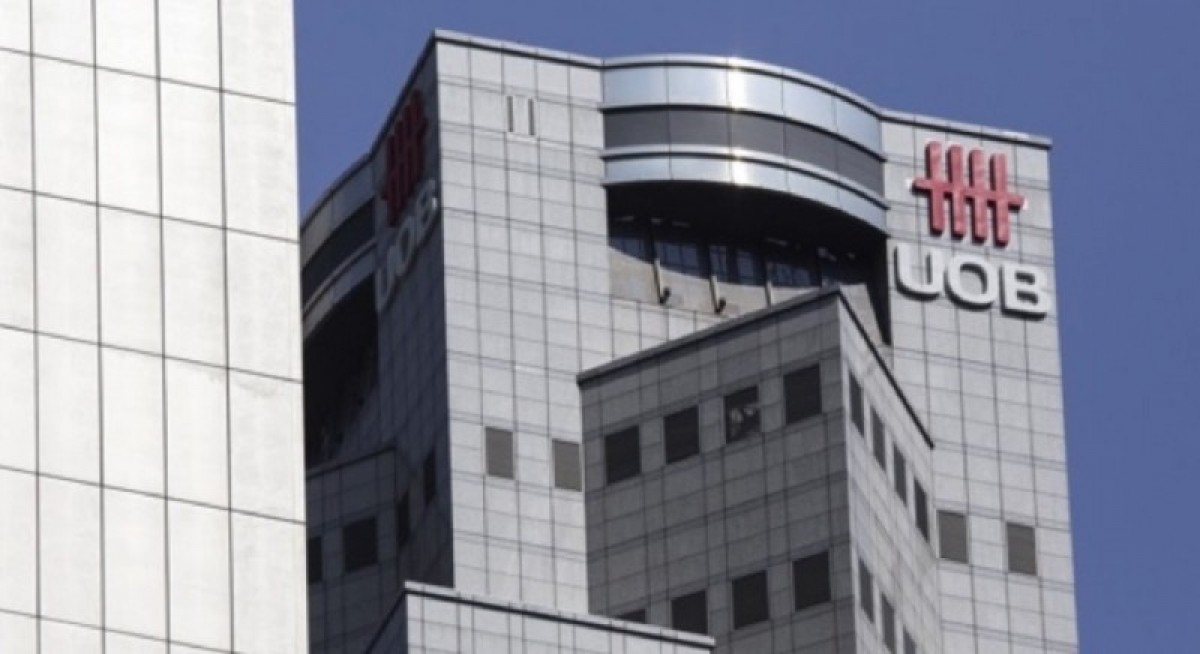“Post-acquisition, the bank expects an immediate $1 billion in incremental annual income uplift and asset growth through the expanded franchise,” writes OCBC Investment Research in a Jan 14 note. “Its proforma 1HFY2021 geographical loan mix is expected to remain largely unchanged in terms of regional distribution post transaction, with Singapore anchoring the majority of group loans.”
OCBC Investment Research is maintaining “buy” on UOB with a target price of $34.80. “UOB’s share price has outperformed the STI index in 2021 by 10%, underscoring our prior advice to add positions since last year.”
Citigroup’s Consumer Business had an aggregate net asset value of about $4.0 billion and a customer base of about 2.4 million as at June 30, 2021, and generated income of approximately $0.5 billion in the first half of 2021. In terms of scale, the bank estimates its retail customer base could double from approximately 2.9 million pre-acquisition to some 5.3 million post-transaction.
UOB targets higher return on equity (ROE) of 13% and return on risk-weighted assets (RORWA) of 2% by 2026 driven by regional scale up and organic growth.
See also: UOB to acquire Citi's consumer business in Indonesia, Malaysia, Thailand, Vietnam for $5 billion
“Excluding one-off transaction costs, UOB expects the proposed acquisition should be immediately accretive to UOB’s earnings per share (EPS) and return on equity (ROE). The total cash consideration for the proposed transaction will be calculated based on an aggregate premium equivalent to $915 million plus the net asset value of the consumer business as at completion,” writes OCBC Investment Research.
UOB expects to finance the acquisition through its excess capital, which is estimated to reduce UOB’s common equity tier 1 (CET-1) ratio by 70 basis points to 12.8%, based on its capital position as at Sept 30, 2021.
Meanwhile, the Fed’s new rate hike cycle this year has positive implications for rate sensitive Singapore banks’ net interest margins and earnings outlook, writes OCBC Investment Research. “For 2022, we retain our constructive stance on the sector in view of attractive dividend yields and higher Fed funds rate expected from June, which should translate to higher Singapore/Hong Kong interbank rates and sector NIM expansion over the course of 2H2022. Costs should be largely controlled as banks continue to scale up their digital capabilities and adopt ESG principles.”
See also: CGSI sticks with ‘add’ but cuts TP, JPMorgan downgrades to ‘neutral’ for SCI after Alinta deal
“Looking ahead, apart from upside from net interest margin (NIM) expansion, the gradual reopening of borders within Asean is also supportive of further recovery in regional business flows over the medium term,” says the analysts.
OCBC Investment Research continues to see scope for UOB’s share price to gain ground, with potential catalysts from improving fee income momentum, loans growth recovery, stabilising NIMs and easing concerns in its Asean loan book.
“The group remains focused on its digital agenda to capture customer demand, and sees opportunities arising from the growth recovery in Greater China and developed markets,” they add.
As at 2.51pm, shares in UOB are trading 66 cents higher, or 2.26% up, at $29.84.
Photo: Bloomberg




